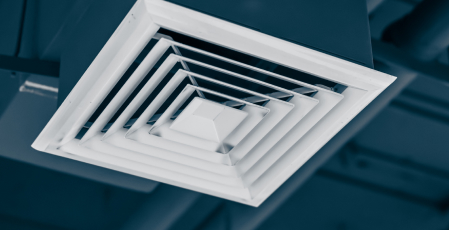We’ve all been there: in the middle of a shower, or while washing dishes, and suddenly the water pressure drops. It’s frustrating and disruptive. If you’re wondering, “Why is my water pressure so low all of a sudden?”, you’re not alone. It’s a common issue that can be caused by a variety of reasons.
In this blog, we’ll explain the common causes of low water pressure in your house and explore how to troubleshoot the problem yourself.
What Causes Low Water Pressure?
First, let’s explore some of the most common causes of low water pressure in your home. These causes can vary from minor to more serious plumbing problems, and sometimes the solution is simple. But other times, it could be something much complex, requiring professional help. Here are the common causes of low water pressure in houses:
1. Clogged Pipes
Over time, mineral buildup from hard water, rust, or debris can clog your pipes, restricting water flow and causing low water pressure. This is particularly common in older homes with metal pipes, like galvanised steel, where they cause blockages that lead to water pressure issues.
2. Faulty Valves
Your home’s water supply is controlled by valves that regulate water flow. If these valves are not fully open or are malfunctioning, it can lead to low water pressure.
3. Corroded or Old Plumbing
As your plumbing ages, it can corrode, causing narrowing in the pipes. This restricts water flow and ultimately leads to a drop in water pressure. If you live in a home with old pipes, this could be the main culprit behind your water pressure problems. Replacing corroded pipes with modern materials like copper or PVC can resolve this issue.
4. Water Pressure Regulator Failure
Some homes are equipped with a water pressure regulator to maintain consistent water pressure. If this regulator fails, it can result in sudden drops or fluctuations in pressure.
5. High Water Demand
If multiple people in your home are using water at the same time, say, showers, laundry, and dishwashing, it can temporarily drop the water pressure. In densely populated areas or during peak usage hours, this issue is more noticeable. Consider using water at different times to reduce strain on the system during high-demand hours.
6. Municipal Water Supply Problems
Sometimes, low water pressure in your house isn’t caused by issues within your property. If the municipal water supply is facing problems, whether it’s a pipe burst or a failure in their infrastructure, it can affect water pressure in your entire area. In these cases, it’s a matter of waiting for the supply to be restored.
7. Leaks
Leaks can be another cause of water pressure issues. If there’s a leak in your plumbing system, it could be draining water before it reaches your faucets, leading to low water pressure. Look around your home for the signs, such as water stains or damp patches.
How to Troubleshoot Low Water Pressure in Your House
Before you call a plumber, there are a few checks you can do yourself to troubleshoot the issue.
1. Check Your Main Water Valve
The first thing you should do when you notice low water pressure is check your main water valve. You’ll find it near your water meter or where the water line enters your home. If the valve is partially closed, it will restrict the water flow. Simply turn the valve counterclockwise to make sure it’s fully open.
2. Clean Faucet Aerators and Showerheads
If you’re experiencing low water pressure from just one faucet or showerhead, mineral deposits from hard water might be to blame. Over time, these deposits accumulate, clogging the aerators and reducing water flow.
How to clean them:
- Unscrew the aerator or showerhead.
- Soak it in vinegar overnight to dissolve the mineral buildup.
- Scrub with a toothbrush and rinse with water before reattaching.
This simple fix could significantly improve the water pressure in your fixture.
3. Get in Touch with a Trusted Plumber
While DIY solutions can solve minor issues, some plumbing problems are more complex and require the expertise of a professional. Here’s when you should call in the pros:
- If the low water pressure affects your entire home and not just one fixture.
- If you notice signs of a water leak.
- If you suspect that corroded pipes or a failed pressure regulator are the cause.
- If you’ve checked the main water valve and it’s open, but still experiencing low water pressure.
Conclusion
Low water pressure in your house can be caused by a number of issues. By following the troubleshooting steps outlined above, you can often resolve minor issues on your own. However, if the problem persists or if you suspect more serious issues, it’s best to consult with a professional to prevent it from worsening.
With the right solution, you can get back to enjoying a steady flow of water in no time. If you’re in Melbourne and need help with your water pressure, reach out to our team. We will find the root cause and provide a solution that restores your home’s water pressure to normal levels.
At 24 Hour Trade Services, we offer fast and reliable plumbing solutions. Call us at 1300 229 897 or submit our online form, and we’ll restore your water pressure without delay.
















